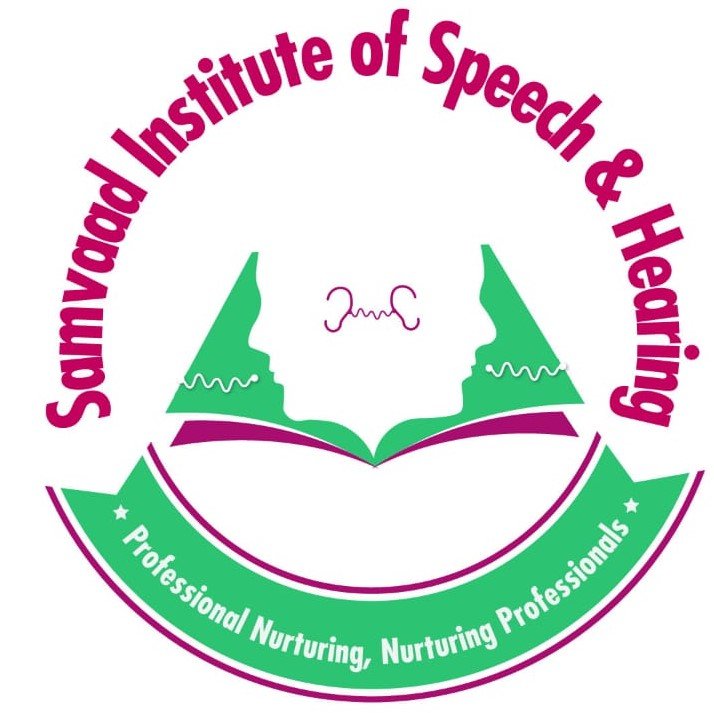ABA Therapy
What is Applied Behaviour Analysis and why is it so effective ?
Applied Behavior Analysis (ABA) is the science of behaviour and understanding the factors responsible for any behaviour. Communication is the most complex of behaviours. Children with Autism have selective learning. Their attempts at communication are selective. They can recite alphabets, numbers, and colors but cannot communicate their needs. They also have challenges with compliance and attention. Learning to communicate and interact naturally occurs in typically developing children; however, children with Autism cannot comprehend the natural environment. They often seem to be lost in their own world and learn only what they are interested in.ABA program works on attention, motivation and compliance. A lack of communication results in behavior problems that pose a challenge to parents and teachers. ABA has a systematic method to improve communication and make communication and learning a rewarding experience.
When do you need an ABA therapist?
You may consider an ABA therapist for your child when you want them to:
- Increase interest in communication (asking for things, sharing information) rather than relying solely on passive learning from TV and books.
- Follow instructions easily.
- Answer questions appropriately and promptly.
- Tolerate waiting for demands to be met.
- Accept “No” without having a tantrum.
- Improve attention to complete tasks.
- Reduce hyperactivity.
- Avoid temper tantrums, including behaviors that may hurt others or themselves.
- Engage in appropriate play with toys.
- Improve sleep and/or eating habits.
- Achieve independence in dressing and toileting.
Is ABA the best treatment for children with Autism?
Yes, it is the only evidence based approach that not only reduces problem behaviours but also improves communication and other skills required by these children. The science (ABA) is recommended by the US Head of Public Health, American Association of Paediatrics. In India, AIIMS, New Delhi has also endorsed this approach. There are over a 1000 journal articles that have proved the efficacy and long lasting results of this therapy.
Who is qualified to practice ABA?
All the training programs are available only in the USA. The US has a certification board that has 3 levels of licenses.
- BCBA – US Board Certified Behaviour Analyst has completed postgraduate coursework and is responsible for supervising and training RBTs and supervising their work.
- BCABA – US Board Certified Assistant Behavior Analyst, has done graduate-level coursework can design and implement plans, and is supervised by a behavior analyst every month.
- RBT – Registered Behaviour Technicians are students who do a 40-hour course and implement behavior plans.
DID YOU KNOW?
Prior to the advent of ABA, children with Autism were taught using visual methods, and their spoken language was limited. Families were told to accept and adjust to the child’s behavior problems.

Skills targeted in an ABA program:
- Attention
- Compliance
- Expressive language
- Following commands
- Imitation
- Play Skills
- Self-help skills
- Toilet training
- Social skills
Frequently Asked Questions
Speech Therapy is the science of human communication and is highly effective in improving communication. However, Speech Therapy is effective for children with good attention span, compliance, and imitation skills. These are the main deficits in children with Autism. Therefore, Speech Therapy is not effective until these skills are developed.
Since ABA is about improving learning, there is a systematic approach of working on lack of motivation, selective listening, compliance issues, and poor language development, which are the core deficits in children with Autism.
Most parents report subtle changes in their child in about two weeks of regular therapy. The subtle changes could be, the child asking for the parent’s attention compared to playing by himself, and reduced tantrums. Within the next three months, the child begins to follow simple commands and requests for a few of his needs. The success of an ABA program depends on good teamwork between the therapist and parents. Parents who can follow the ABA program at home for one to two hours daily will undoubtedly see better results.
Generally, sensory issues are high when the child is diagnosed with autism. As they don’t know how to communicate or play meaningfully at this stage, ABA focuses on improving the child’s listening abilities, compliance, and visual skills. Despite the efforts, if the issues persist, we aim at replacing them with appropriate behavioral skills. For instance, Mouthing, Toe-walking, and Spinning objects can be replaced, and new behavior can be taught.
Our founder being a speech pathologist and behaviour analyst has designed an integrated approach that uses components of ABA. At different times of their development , children need to be taught different skills. Therapists at Samvaad are trained to handle sensory aspects, compliance challenges, and communication training in a single session. This ensures a fast learning rate and also generalization. In addition, parents are trained daily in implementing the strategies, and as they become empowered to handle their child’s development confidently, the sessions can be gradually reduced. With our Founder’s efforts, we are the only centre in India to provide an integrated approach for children with Autism.
